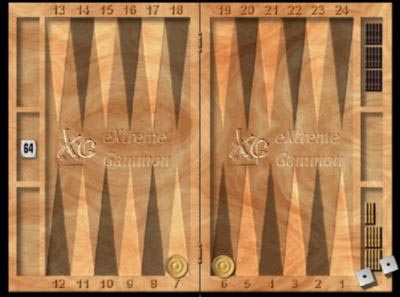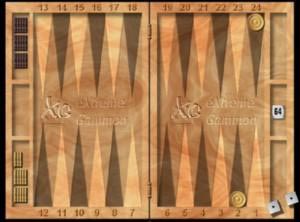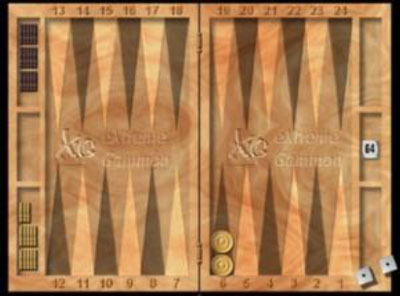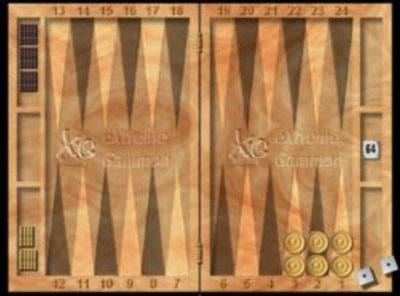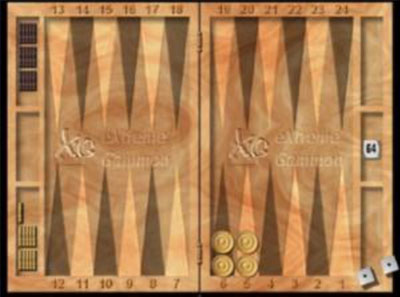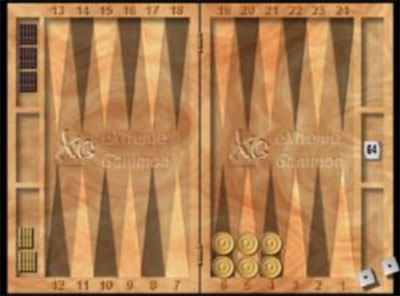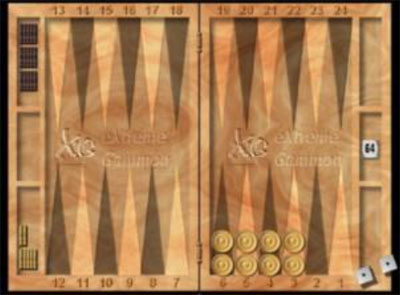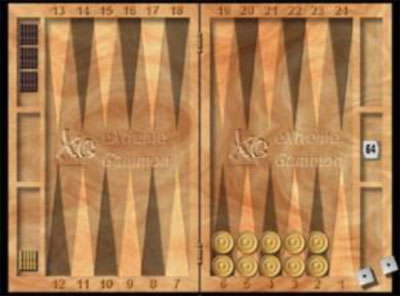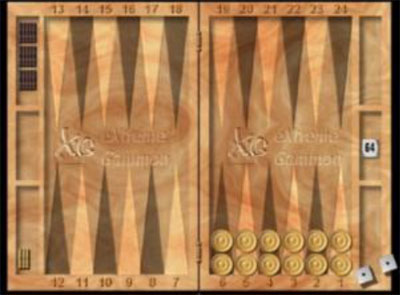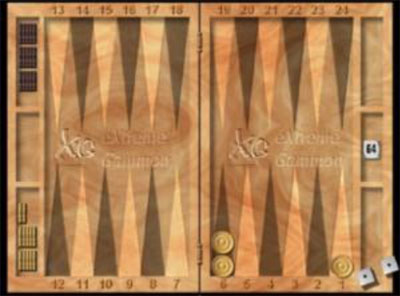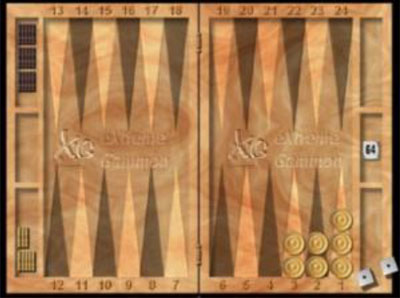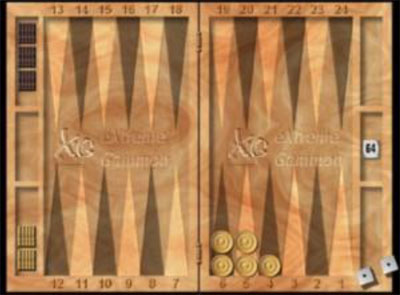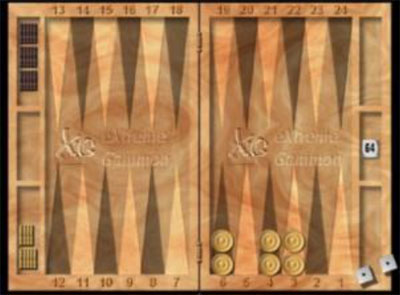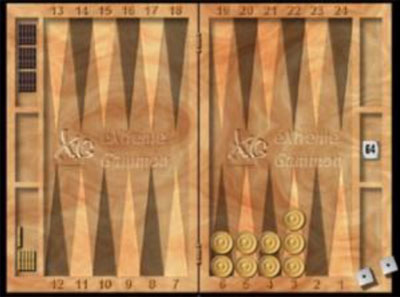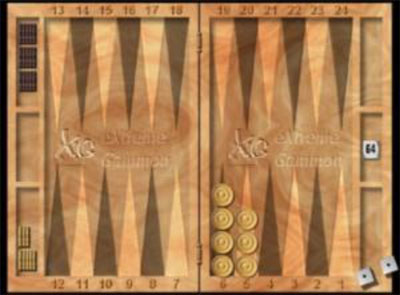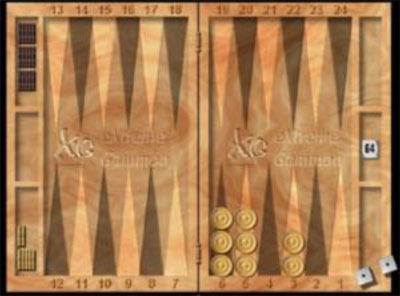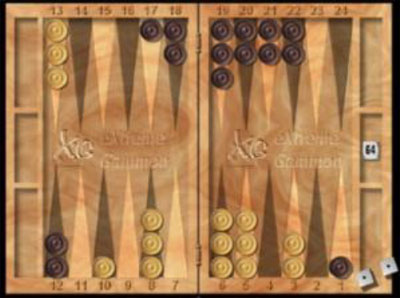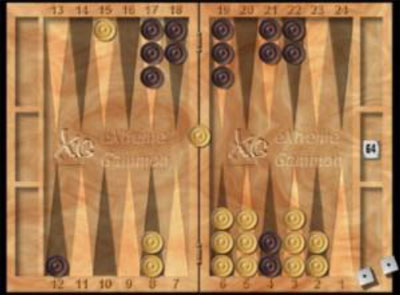
|
Pip Counting |

|
The Ash Dalvi 13 Count, Part 2 |
|
Ashutosh Dalvi March 2011 |
However, these 2 positions will not always get all the home board checkers into your count. Home board checkersWhen I started using this method, I just added home board checkers on at the end either using Jack Kissane's cluster counting method or by adding 1 or 2 checkers on low points at the end. The idea of the 13 count system was to avoid adding big numbers and several sets of multiplication and this was achieved in Part 1. In part 1, I showed you how to get all the checkers between the 24 pt and the 7 pt into your 13 count.Note that there are only 4 very simple positions to remember to account for all of these checkers. This is arguably an improvement on traditional cluster counting methods. You can always count the checkers on high points into a 13 count. However, if they are not situated in convenient positions, they can be difficult to incorporate into a traditional cluster count. In addition, sometimes, I simply want to know who is ahead in the race. In these situations, I am happy to rely on a 13 count without corrections if there is a difference of two 13s. For this reason, I have explored a couple of methods of incorporating home board checkers into the 13 count. Method 1. Memorising corrections while maintaining symmetryIf you are better at memorising numbers than patterns, this method may suit you better than Method 2. I use the following positions and memorise the corrections.
Method 2. Memorising unsymmetrical positions without having to make correctionsIf you are more comfortable memorising patterns than numbers, Method 2 may be more useful to you.
Usually when your opponent makes your 5 point, it is considered bad. However, on the bright side, it can make pip counting easier. That thought helps me to remember this pattern.
Example 1
White's 13 CountStep 1. Figure out your strategy as to how you will count the 13sThe 3 checkers on the 13 pt can be counted as normal 13s as in Position A (Part 1).
Step 2. Mental shifts
Black's 13 CountStep 1. Figure out your strategy as to how you will count the 13sThe 2 checkers on the 13 pt can be counted as normal 13s as in Position A (Part 1).
Step 2. Mental shifts
Example 2
Let's start with Black's pip-count this time. Black's 13 CountStep 1. Figure out your strategy as to how you will count the 13sThe 3 checkers on the 13 pt can be counted as a normal 13 as in Position A (Part 1).
Step 2. Mental shifts
Now white's pip-count. White's 13 CountStep 1. Figure out your strategy as to how you will count the 13sThe checkers on the 15 pt can be counted as normal 13s as in Position A (Part 1).
Step 2. Mental shifts
Anyone who is familiar with cluster counting will immediately see that if you remove a checker from black's 6 pt, the remainder of the checkers on black's home board will add up to 40 pips. It is a 5 prime position with 1 checker either side of the 4 pt instead of actually being on the 4 pt (ie the middle pt which is 4 x 10 = 40). In addition, if you are used to counting in 10s, you will know that the checker on the bar and the checker on the 15 pt will add up to 40. So all you have to do is add the 2 checkers on the 8 pt and the checker on the 6 pt to 80 to get 102. Similarly, in Example 1, for black's pip count, I would count the 10 checker that make the 5 prime as 50 pips and just include the remaining checkers into my 13 count. It is important to be flexible when pip-counting. If the layout of the checkers is more amenable to another pip-counting method, you should switch or combine methods. Which Method is Best?The method you choose depends on how your mind works and the layout of the checkers in a given position. After practicing including home board checkers into my 13 count, I've decided that an eclectic approach to pip-counting is best for me. I use both of the above methods as well as traditional cluster counting methods and sometimes I just add the pips on low points onto my total at the end of my 13 count.The method is flexible because you adapt it in accordance with how the checkers are situated. Whatever strategy of counting you see first is probably the best strategy. It can be advantageous including home board checkers into the 13 count if all you want to know who is ahead in the race. As mentioned earlier, if you are two 13s ahead, you can be fairly comfortable about being ahead in the race. An exact pip count may not be necessary. For the home board checkers, I would simply advise you to use the strategy to pip-count that is easiest for you. I wouldn't say that the 13 count is particularly an improvement on other methods for the purposes of counting pips on low points. As mentioned earlier, the purpose of this technique was to reduce the addition and multiplication of large numbers and count the checkers on high points easily. For most people, the checkers in the home board aren't difficult to count anyway. There are many pip-counting methods. They all have some advantages and disadvantages. Some of the disadvantages of a system may only be disadvantageous to some people but not to others. I find this method suits me because I have a tendency to make mistakes when I add large numbers together and to forget one number while calculating a second number to add to it. I suggest practicing with the techniques in Part 1 first and then include the techniques in Part 2. |

![]()
See also: Other articles on pip counting.
Return to: Backgammon Galore
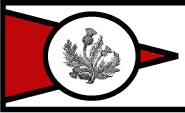 Introduction
Introduction